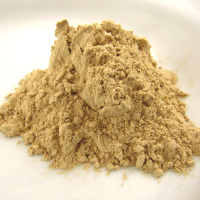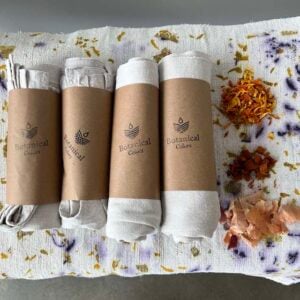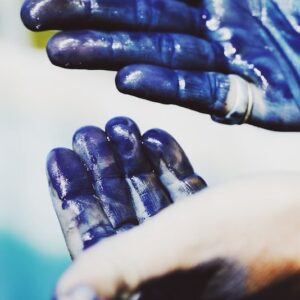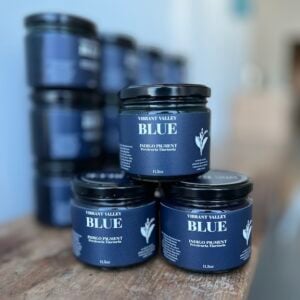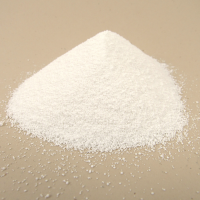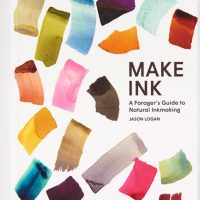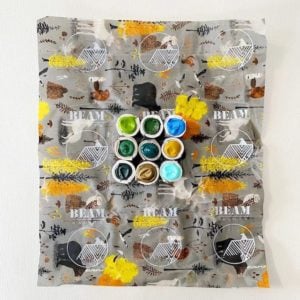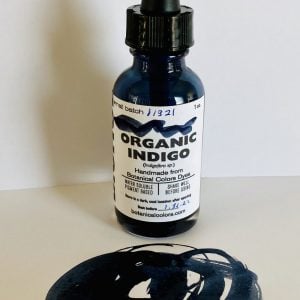Cellulose Scour
Cellulose Scour (CS) is designed for use with cellulose fibers. It works on cellulose and bast fibers in combination with soda ash and heat and thoroughly cleans cellulose fibers, removing excess wax and other materials that inhibit the takeup of dye. For detailed instructions, visit our page on how to scour. Please note: cellulose scour color may vary from clear to a pale straw. From our Feedback Friday series: I’ve seen some instructions for scouring cellulose fiber that say to just use soda ash. So I’m wondering what the Cellulose Scour adds to the process? CS is a surfactant and helps with … Read more


